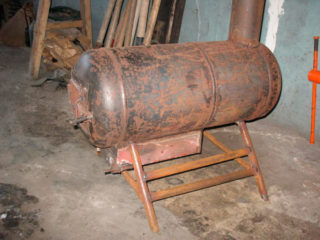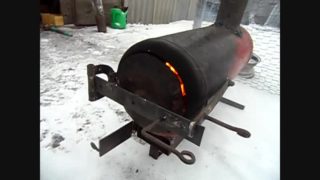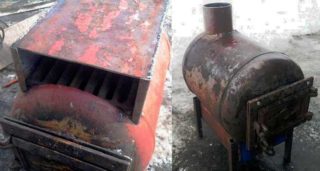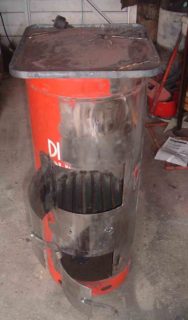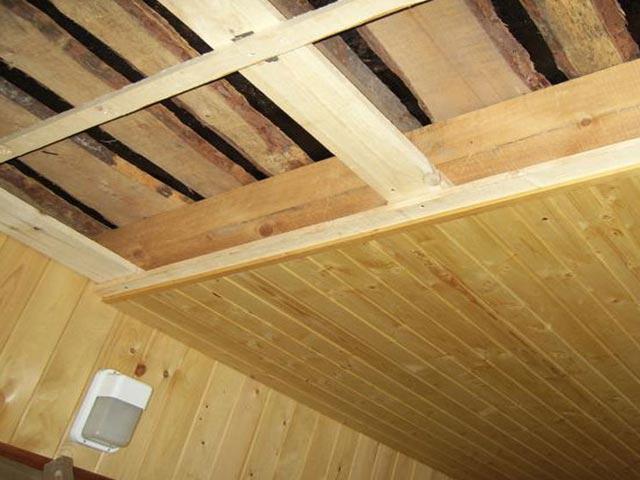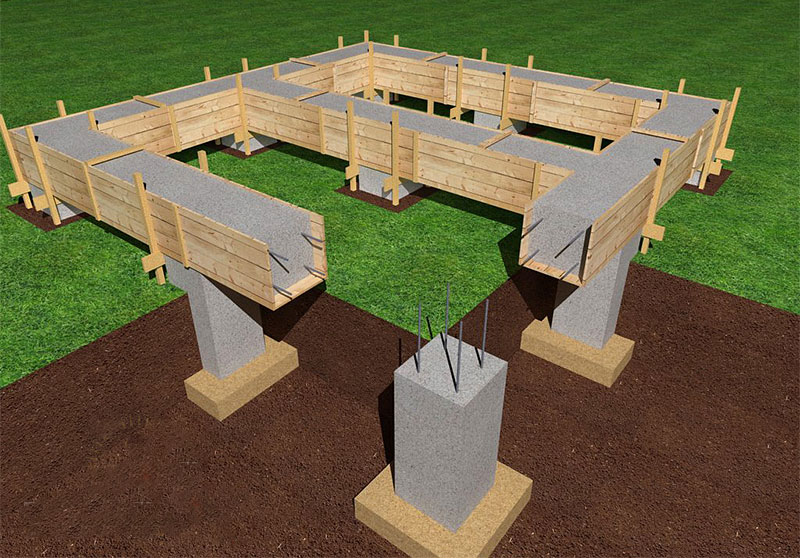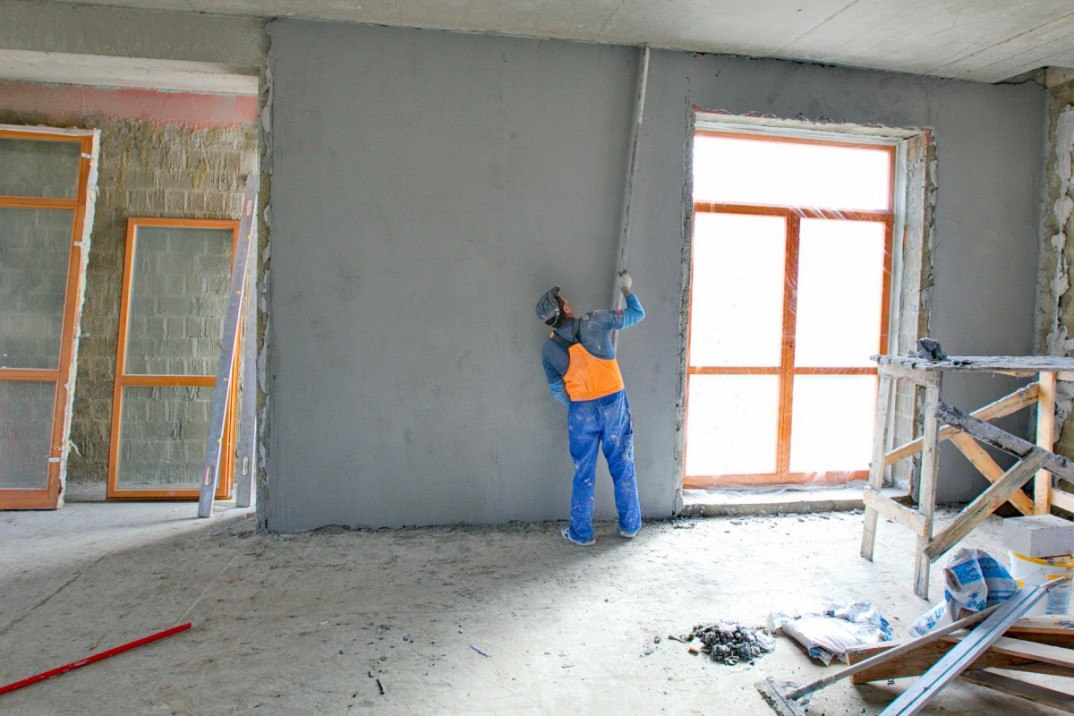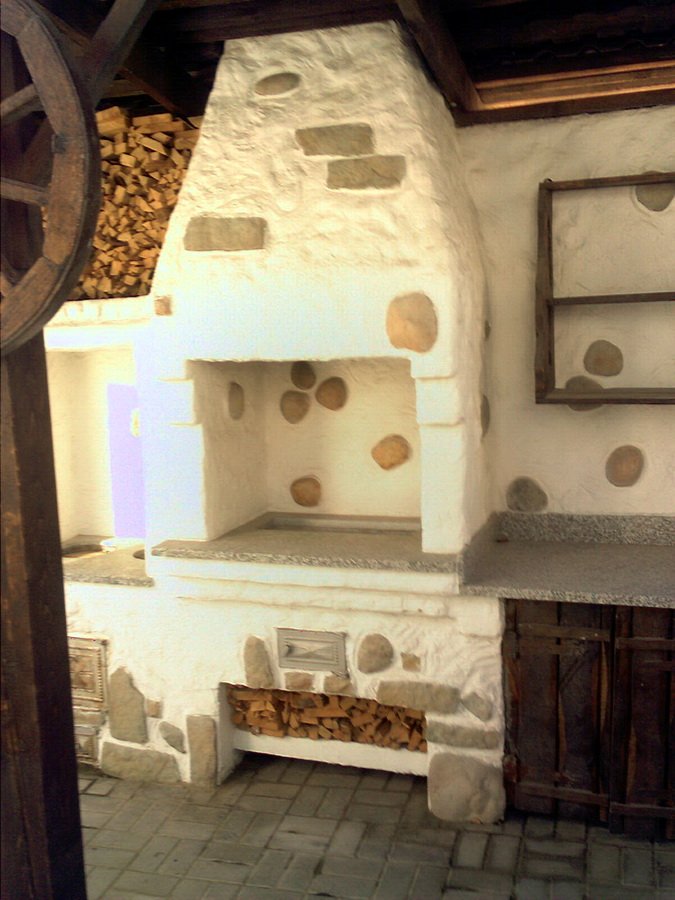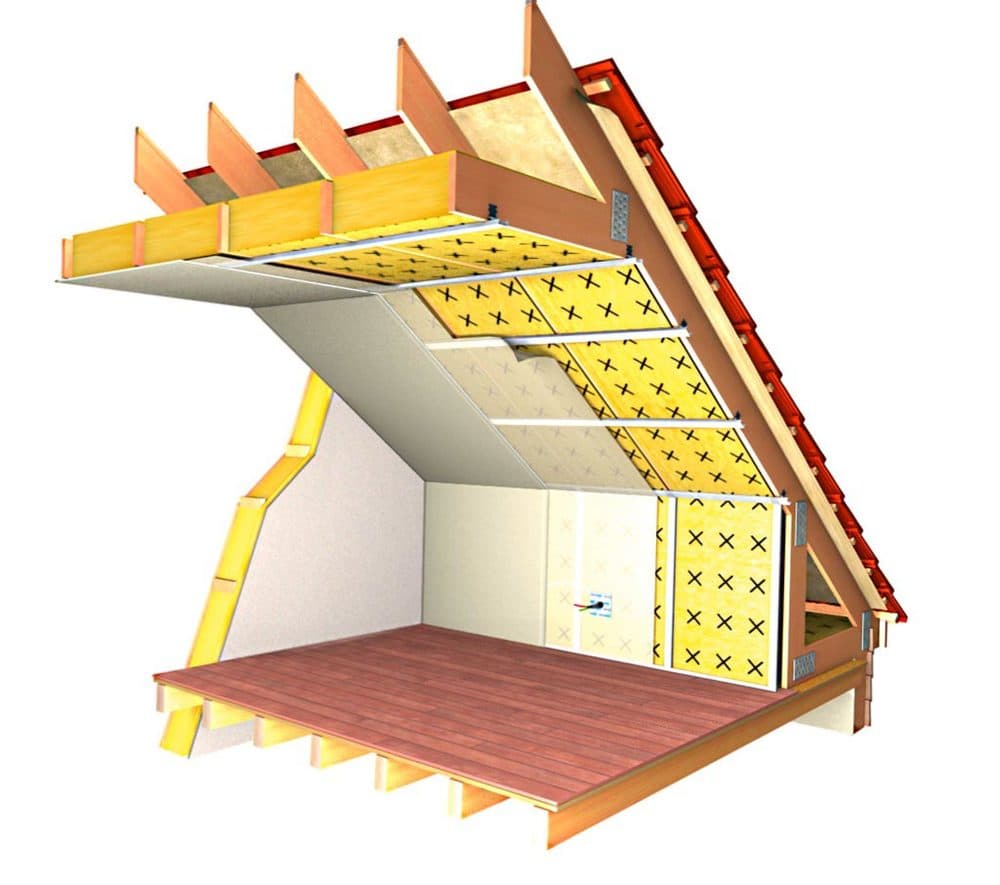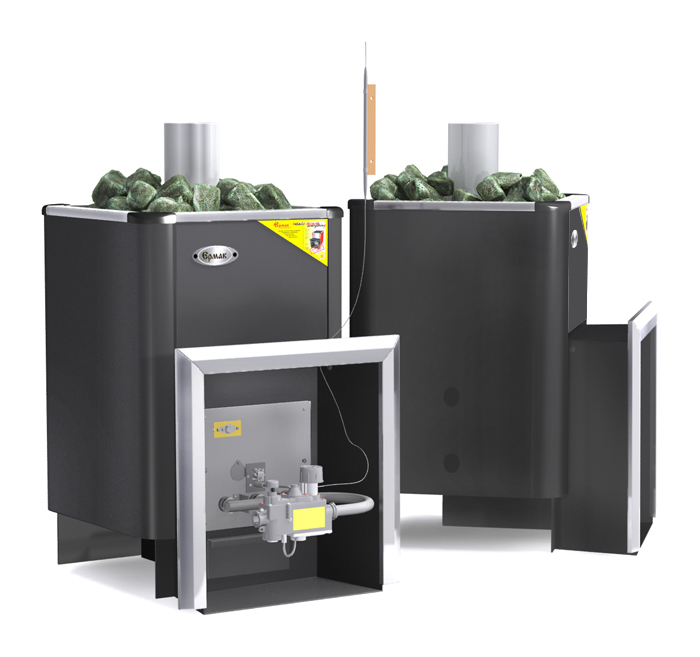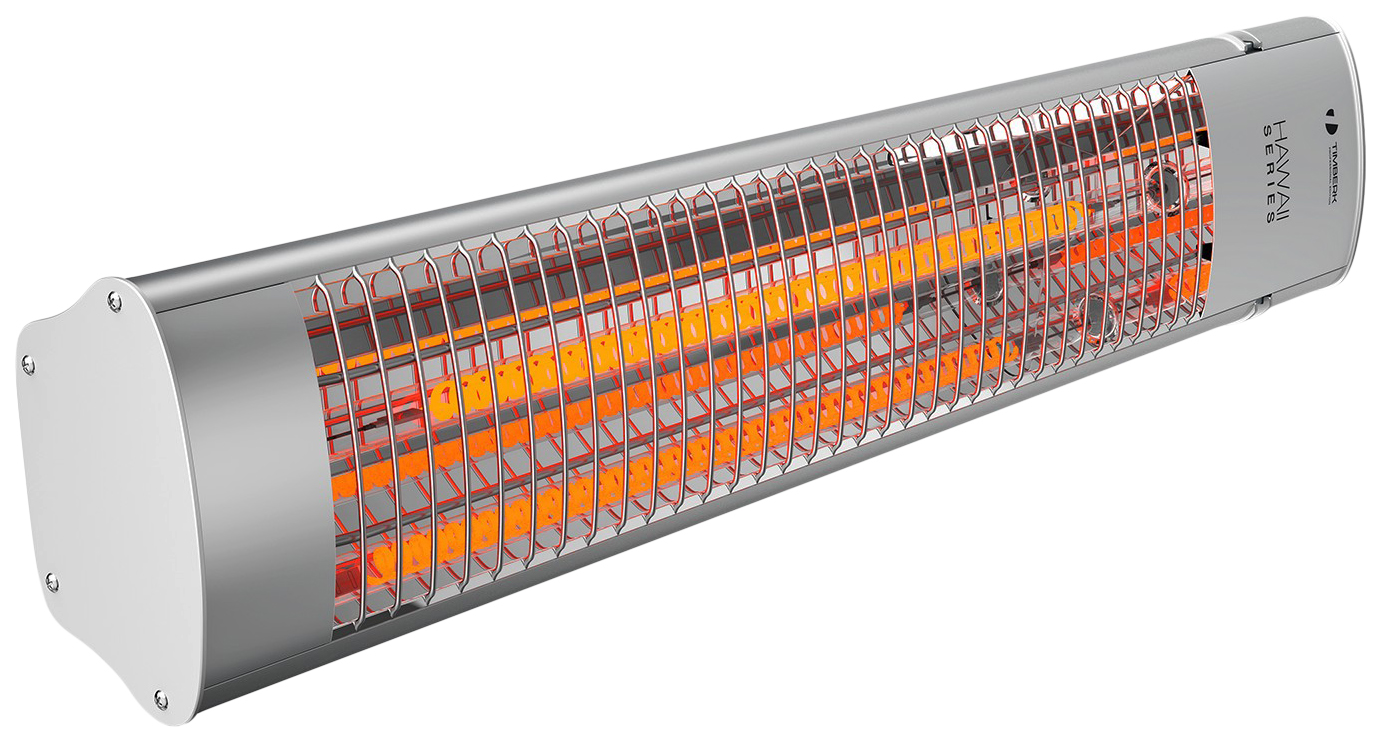Such designs will be very useful for rooms in which we do not have to visit too often. They are perfect for country houses, garages, repair boxes, utility rooms. As a rule, it is impossible to carry out a centralized heating system here, and it is sometimes necessary to warm them up during the cold period. Therefore, we have to look for alternative types of heating for such structures.
Principle of operation
The main structural element is a steel body with dampers through which fuel is supplied, as well as air circulation necessary for the combustion process. The heating process itself is quite simple - through the upper damper, the required volume of fuel is laid inside the stove, and then ignition occurs. As a result of its combustion, a large amount of heat is released, which heats the walls of the cylinder and warms up the air in the heated room. The smoke remaining after the fuel burns out is removed from the structure by means of a chimney - a pipe installed in the upper part of the structure. It is best to make it in the form of several knees, since the straight form will remove part of the heat along with the smoke. The elbow shape of the chimney will maintain the efficiency of the heater.
Various materials can be used as fuel - coal, wood, old things and even household waste. You can also cook food on the stove, so its presence on the farm will be very useful.
How to make such a structure
Varieties of these heating systems
Now we need to decide what type of heater we need. There are two types of these structures - vertical and horizontal. All of them have their own technical features, so it is worthwhile to dwell on their consideration in more detail.
Horizontal system
The front part of the heater is made of sheet metal, on which the contours of a circle equal to the diameter of the cylinder will be marked. Then, along the marked edges, cut out the part and mark two rectangles on it - this will be the damper and the blower. They are also cut with a grinder. Hinges are welded to them, and they are installed on the finished structure. To make the finished dampers fit snugly to the stove, their contour can be sealed with an asbestos-cement cord. Then we will use them to supply fuel and adjust the heating temperature.
A round hole must also be made in the back of the structure. It will be designed for chimney installation. The dimensions of the hole must match the diameter of the pipe, which we will subsequently weld to the stove. For the manufacture of a chimney, it is best to choose a thick-walled pipe, since it can also be used as a heater.
Vertical system
- we make and install grate bars;
- cut out the upper and lower flaps with a grinder or a chisel. Their sizes can be different, the main thing is that the operation of the finished product is convenient and safe;
- we weld the hinges to them and install them on the front of the stove. Their edges should also be pasted over with an asbestos-cement cord;
- cut a hole for the chimney. It can be done at the top of the structure from the side or directly on the cylinder lid.
After carrying out all the activities, the structure is ready for use. However, it should be remembered that such heating systems strongly burn oxygen in the room, so it is sometimes necessary to ventilate it. You also need to follow all fire safety rules. And then we won't have any problems with using the stove.

